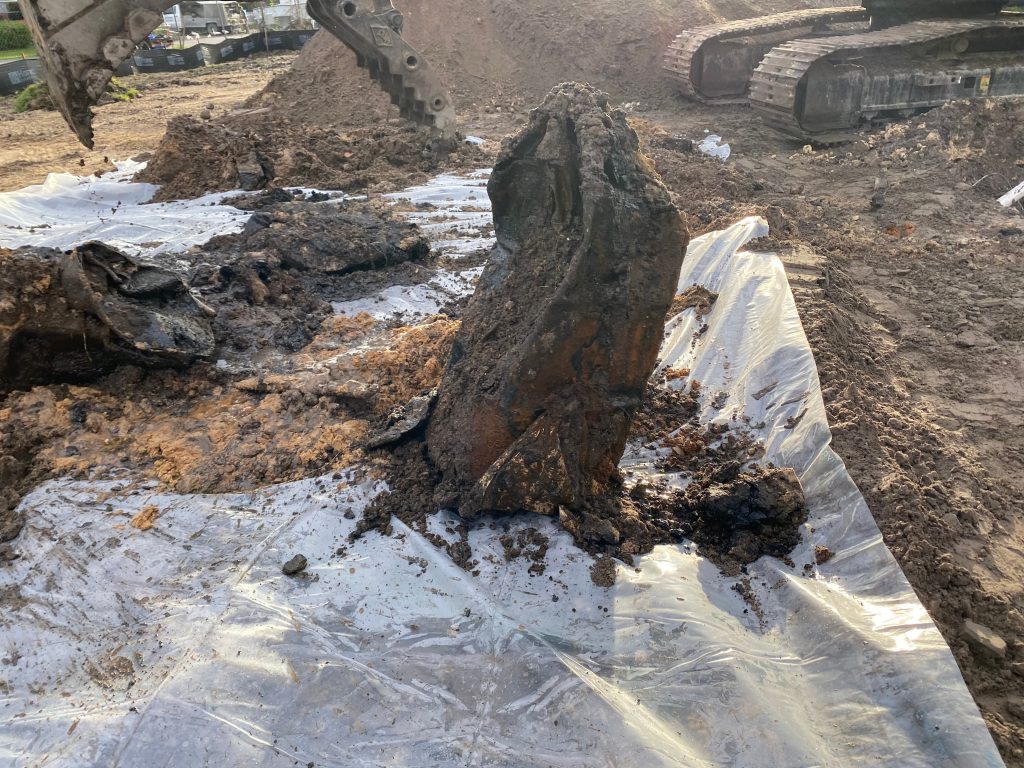Phase II Site Assessments
Phase II Environmental Site Assessments dig deeper
Phase II Environmental Site Assessments are conducted to determine the presence, or absence, of contaminants in the subsurface of the property, aiming to quantify the environmental liability on a site. They are often triggered by a Recognized Environmental Condition (REC) finding in a Phase I Environmental Assessment indicating known contamination or the potential for the subsurface to have been impacted by contamination. If the property has been impacted by contamination which has been investigated and remediated, a Controlled Recognized Environmental Condition (CREC) is issued, indicating that the contamination remains and would require additional work if redeveloped. If a release impacting the subject property has been investigated and remediated, meeting unrestricted use criteria, a Historical Recognized Environmental Condition (HREC) is issued. Any one of these three REC findings can indicate the need for a Phase II ESA.
The Phase II ESA process typically includes sampling and laboratory analysis of different media, as deemed necessary based on the findings of the Phase I ESA or by a regulatory agency, including but not limited to building materials, indoor air, soils, groundwater, surface water, and ambient air. The gathered data is compared to existing environmental and human health standards to determine the site’s environmental and public health risks and potential remediation strategies.
Standards for conducting Phase II ESAs
The American Society of Testing and Materials (ASTM) has developed standards for conducting Phase II Environmental Site Assessments — ASTM E 1903, Standard Guide for Environmental Site Assessments: Phase II Environmental Site Assessment Process. Be aware of regulatory standards, including reporting requirements, which may be applicable to the type of Phase II ESA being conducted.

Phase II Environmental Site Assessments from AMRC
Following the Phase II ESA, further studies may be required to determine the extent of any environmental impact, to explore methods of removal, or in situ treatment, and to develop cost estimates of the various methods. Upon completion of these studies, response actions are often initiated.
Customized Turnkey Environmental Services Are Just A Call Away. We’re Ready For You!